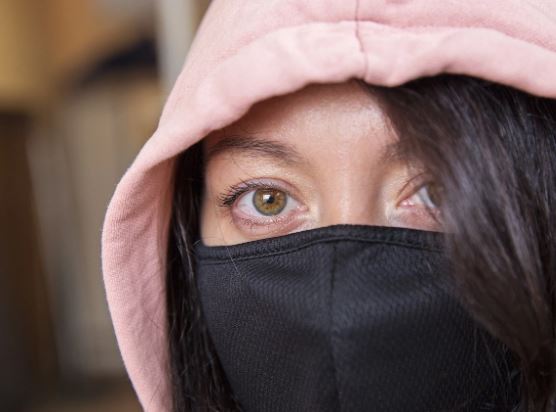In early May, reports of monkeypox cases in Europe sent shockwaves through the media, as the virus was discovered in the UK. In just a few short weeks, the disease had spread to multiple countries, including Spain, Portugal, France, Belgium, Germany, Italy, Sweden, the USA, Canada, and Australia. This rapid spread prompted the World Health Organization to call an emergency meeting, causing concern among the general public, who had only recently faced the devastating effects of COVID-19. Zoonotic diseases, such as monkeypox, which are transmitted from animals to humans, have become a focus of attention for medical professionals, as they can pose a significant threat to global health.
So, what is this virus that has caused such widespread alarm? Monkeypox is a type of virus that belongs to the genus Orthopoxviruses, which includes other types of viruses, such as smallpox in humans, mice, rabbits, camels, and various other animals. While smallpox was eradicated in 1977, there are still three other smallpox viruses that can infect humans, and monkeypox is one of them. Virologist Anatoly Altshtein warns that people can develop severe diseases that are similar to smallpox, with mortality rates reaching 5-10%.
The symptoms of monkeypox are similar to smallpox, but the disease is generally easier to bear. The incubation period is one to three weeks, after which the disease manifests itself abruptly. The patient will experience a rise in temperature, general malaise, muscle pain, and, after a day or two, a characteristic rash that first appears on the face, with swollen lymph nodes. Symptomatic treatment is necessary, which includes supportive and antiviral therapy with specific drugs. However, if a person does not die, they usually recover within three to four weeks.
Should we be concerned about another pandemic? The disease is primarily spread by contact and airborne droplets, with airborne transmission considered predominant. The virus can be transmitted from person to person, but infectiousness is not very high, and prolonged close contact is necessary. Interestingly, when the virus passes from person to person, it weakens, becoming less contagious and less pathogenic. As a result, after several transmissions, such outbreaks disappear, covering dozens of people but not progressing further. Therefore, medical professionals believe that the virus does not pose an epidemic threat to humanity.
The good news is that monkeypox can be cured by the vaccine that was used to defeat smallpox. The vaccine has been tested for a long time and is still being produced. However, it is not readily available, and people cannot simply go to a clinic to get vaccinated against smallpox. The vaccine is produced and kept on standby, just in case. It is such a terrible disease that humanity does not believe it has been eradicated forever, and there are concerns that some nefarious individuals might unleash bacteriological warfare.
Although doctors have reassured the public that there is no danger of a pandemic at present, anti-epidemic measures will still need to be taken. Sick individuals and those in contact with them will need to be isolated, and there may be a need to vaccinate individuals who are at risk. While the virus is much less contagious than COVID-19, medical professionals are taking the situation seriously, as the potential for future outbreaks cannot be ignored.

Leave a Reply